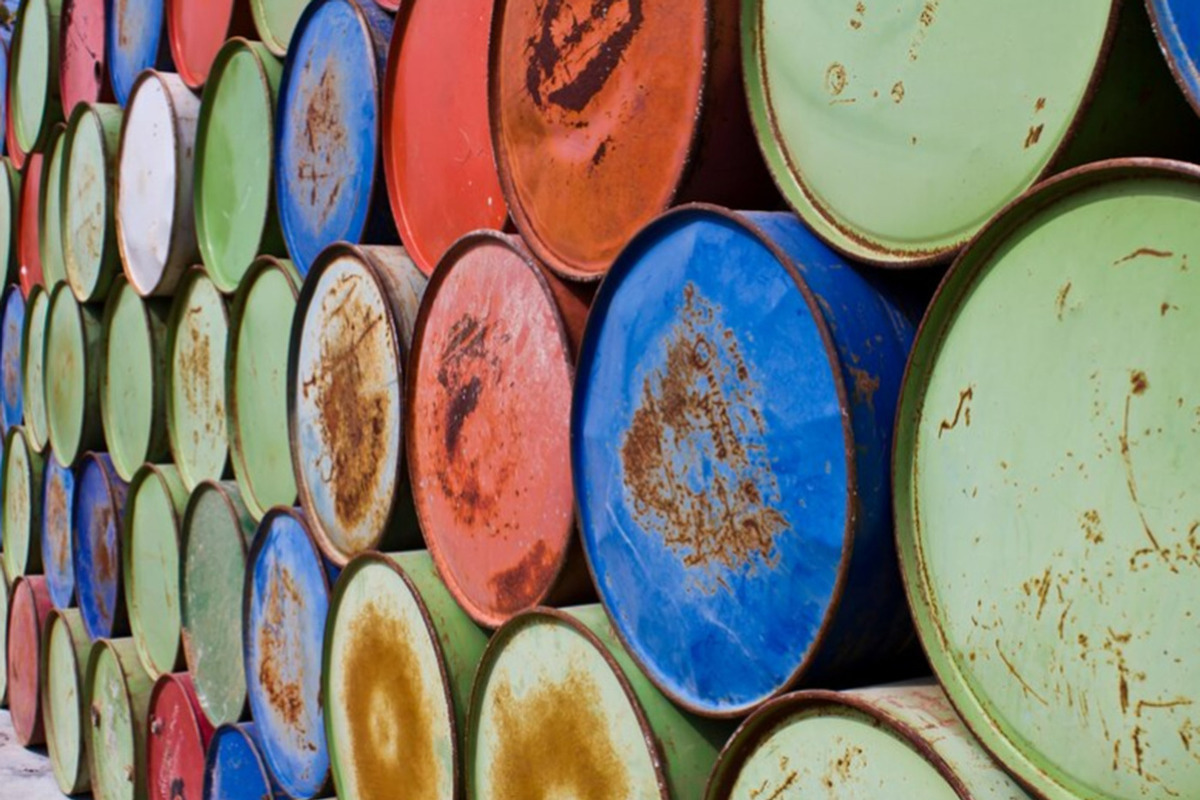The other side of the turn to the east: how much Russia earned from oil and gas exports
[ad_1]

The risks of reorientation of raw material flows are named: discounts, logistics, currency
Last year, Russia collectively earned almost $187 billion from oil and gas supplies to Turkey, China, India, Brazil, Indonesia and Malaysia—$56 billion more than it exported to Europe on average before it imposed sanctions. This calculation was made by RIA Novosti analysts. But we should not rush to optimistic conclusions that the reorientation of raw materials to friendly countries ultimately brought Moscow nothing but benefits. Behind the positive figures there are many real export problems.
In the pre-sanction years, 27 EU states purchased an average of $102.5 billion worth of hydrocarbons from the Russian Federation, while in 2023 the figure amounted to only $31.6 billion. As a result of lost revenues from supplies to the European market, they gained $70.9 billion. But, as RIA Novosti writes, this “is more than compensated by income from increased exports to six friendly countries.” The agency studied data from the national statistical services of Turkey, China, India, Brazil, Indonesia and Malaysia, comparing the average price of supplies in 2019-2021 and 2023. Information for 2022 was not included due to abnormal fluctuations in import values.
In these areas, Russian raw material exports amounted to $186.7 billion last year, compared to $59.9 billion on average for 2019-2021. Accordingly, Moscow earned an additional $126.8 billion. The largest buyer was China, which doubled (from $43.3 billion to $94.6 billion) the cost of purchasing coal, gas, oil and petroleum products from the Russian Federation. Next come India (the volume of purchases increased almost 18 times, to $53.7 billion), Turkey (2.4 times, to $30.1 billion), Brazil (24 times, to $5.3 billion).
“The reorientation of raw materials to the so-called “east” was forced for Russia due to Western sanctions,” says Alexander Shneiderman, head of the sales and customer support department at Alfa-Forex. – Of course, the markets of the EU and new trading partners of the Russian Federation are not equal. Firstly, part of the revenue is inevitably eaten up by transportation costs. For example, it is possible to deliver raw materials to Malaysia or South America only by sea; there are no other logistics options. This is clearly more expensive than the established working scheme for delivery via pipelines to the EU directly to oil and gas processing enterprises.”
Secondly, India and China take advantage of the restrictions imposed on the purchase price of Russian oil (“ceiling”) and dictate their own terms, in particular, they offer to purchase raw materials at a discount. Thirdly, if long-term contracts were concluded with European partners, today alternative markets are dominated by spot deals and, as a rule, less profitable for Moscow. Finally, EU countries paid in stable dollars or euros, and conversion in both directions did not cause difficulties. Currently, settlements with counterparties are carried out mainly in national currencies. And if yuan are in demand, including in the domestic market of the Russian Federation, then Indian rupees settle on the accounts of Russian companies as dead weight, increasing the trade imbalance.
“Let’s say that in 2023, the volume of oil and gas supplies to Europe turned out to be exceeded in price terms at the expense of other markets,” says Nikita Maslennikov, a leading expert at the Center for Political Technologies. – However, total exports in 2023 fell, according to the Federal Customs Service, by 28.3%, from $592.5 billion to $425.1 billion. And non-resource non-energy exports (NNE) decreased by 23%, to $146.3 billion. Consequently, the structure of foreign trade is not improving, becoming more and more conservative and less and less diversified. Although this allows us to solve immediate tactical problems – replenishing the National Welfare Fund, financing the budget deficit – we are forced to return to what we are trying to get away from: dependence on raw materials.”
In addition, the emphasis is on a narrow group of countries, and this gives rise to a lot of risks – both price (if they start demanding a discount), and logistics (more expensive transportation), and payment and settlement (payment for exports is delayed or does not go through due to the threat hanging over partner banks are threatened with secondary sanctions). From a strategic point of view, this is very shaky ground.
“A separate sore point is the reorientation of gas, which requires other approaches in the development of the gas industry,” says Maslennikov. – It is not clear what we should do, for example, with the Yamal gas field and, in general, with all the gas produced in the Russian north? Today, all that remains is to process it into LNG and transport it along the Northern Sea Route to China, since building pipelines across the entire country for this is not an option. Summary: powerful systemic challenges are hidden behind the oil and gas pivot to the east.”
[ad_2]
Source link






